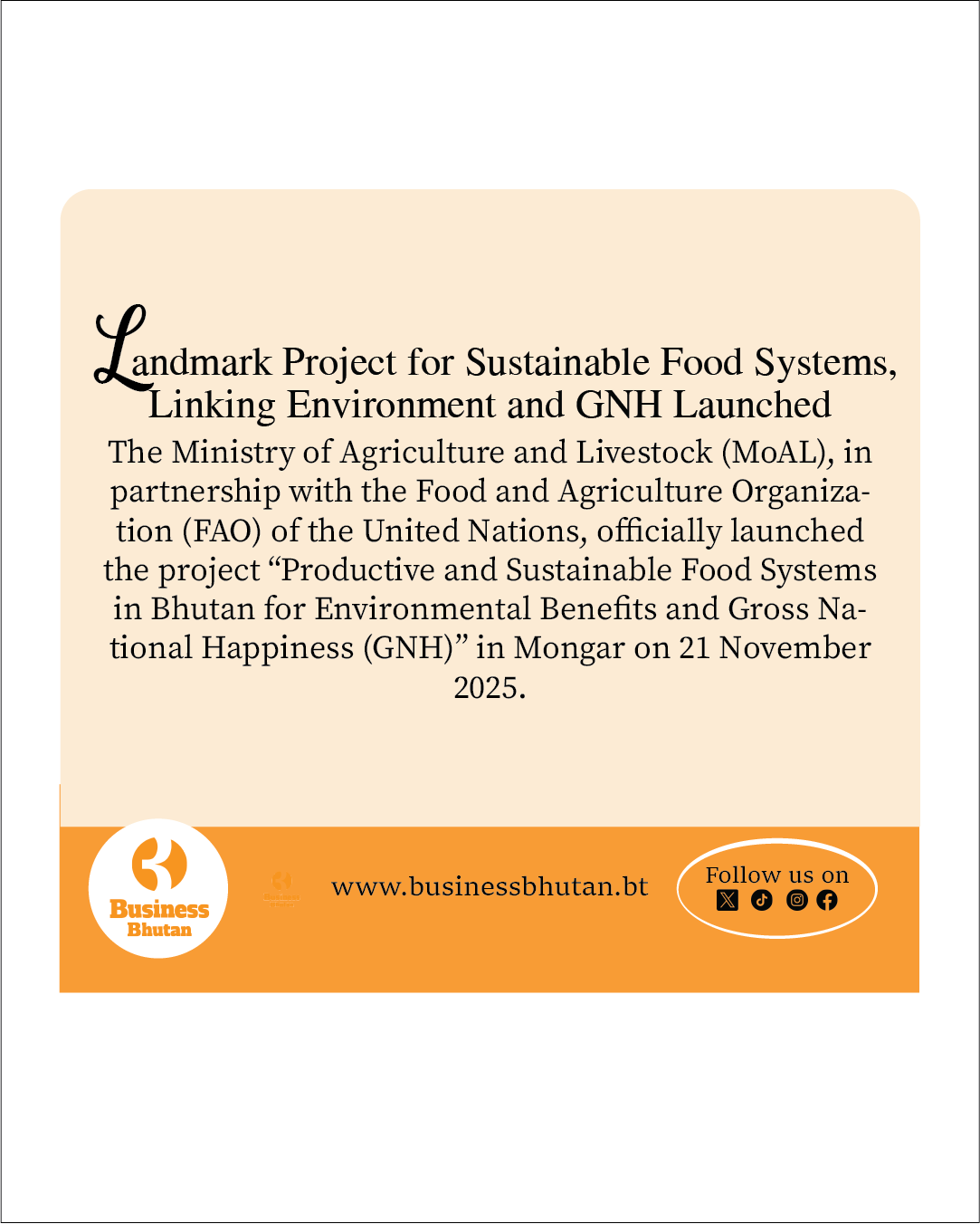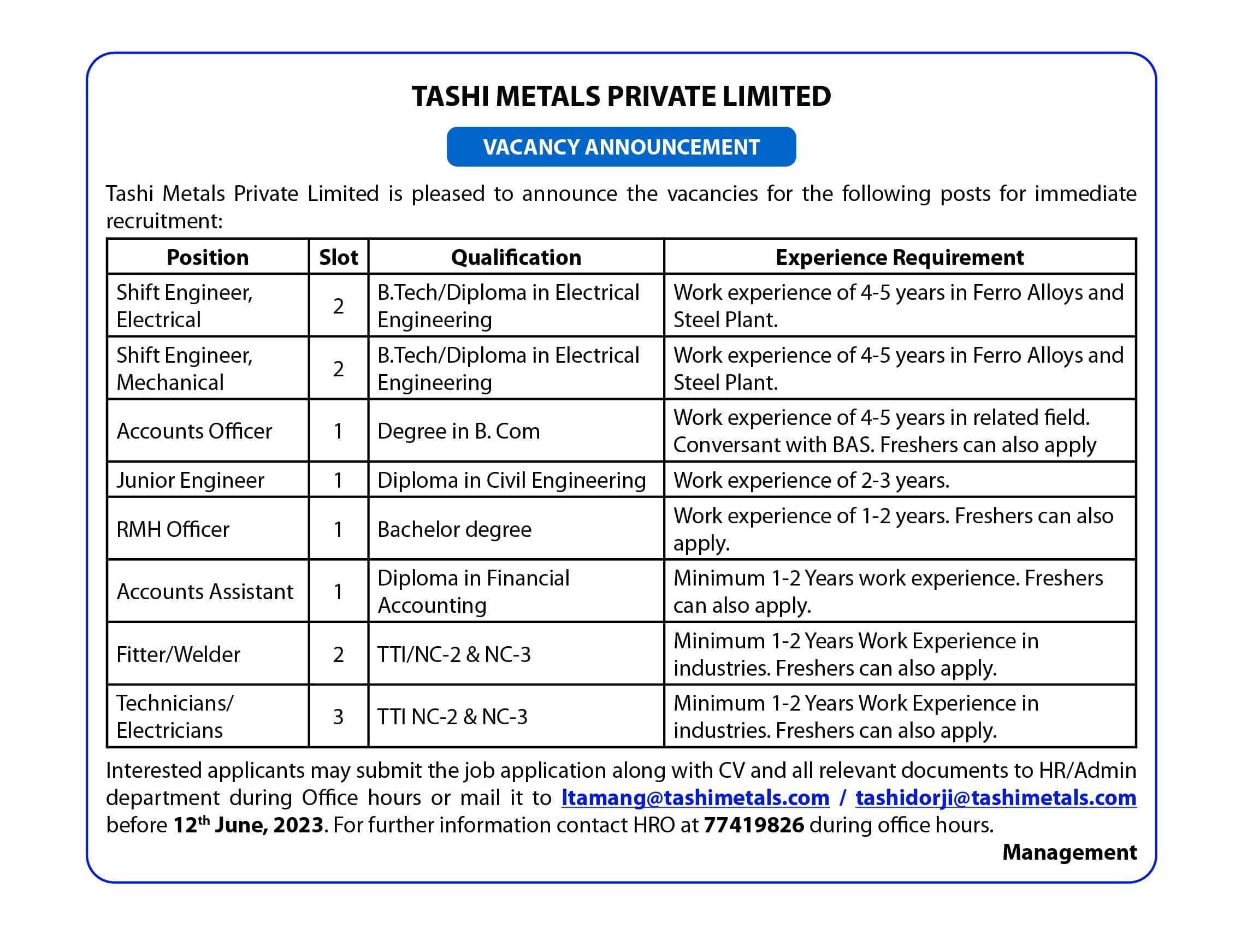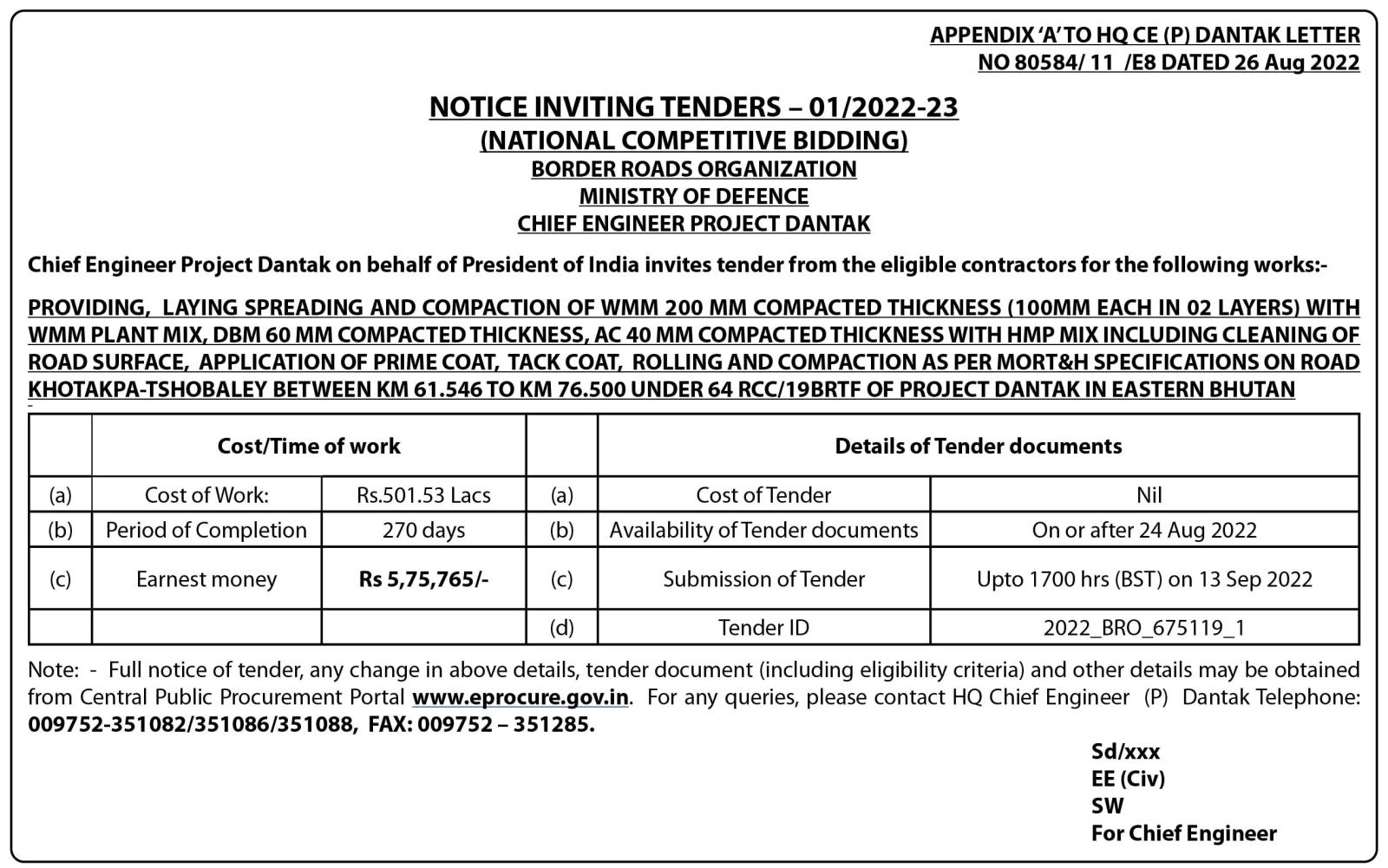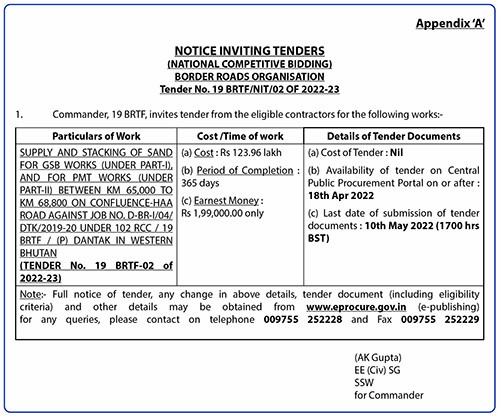As Bhutan seeks pathways to strengthen sustainable development and climate resilience, the prospect of establishing a Sustainable Aviation Fuel (SAF) industry has emerged as a long-term strategic option.
According to a recent feasibility study by the Ministry of Energy and Natural Resources (MoENR), municipal solid waste (MSW) has been identified as a viable domestic feedstock for SAF production.
“Bhutan’s prospects for developing SAF are shaped by significant feedstock and infrastructure constraints,” an official from the Ministry stated. The study indicates that MSW—primarily concentrated in Thimphu, Paro, and Chhukha—offers the only feasible local source of feedstock.
However, the official highlighted several challenges: insufficient waste volume, seasonal variations, and a lack of robust waste segregation systems, all of which limit the reliability of MSW as a consistent SAF feedstock. Additionally, the absence of domestic refining capacity and Bhutan’s relatively small aviation market pose challenges to achieving economies of scale.
From a financial perspective, the study estimates that SAF production through Fischer-Tropsch (FT) synthesis using MSW would cost approximately BTN 472.25 per litre, substantially higher than the cost of imported SAF, which ranges between BTN 189 and BTN 220 per litre. A pilot-scale facility is projected to require an initial capital expenditure of BTN 7.5 billion, with a payback period of nine years. Its viability would depend heavily on concessional financing and viability gap funding.
Given these cost disparities and technological uncertainties, the official noted that Bhutan should adopt a cautious approach. As a landlocked developing country exempt from the Carbon Offsetting and Reduction Scheme for International Aviation (CORSIA) obligations, Bhutan can afford to defer large-scale investments in SAF while monitoring global regulatory and technological developments.
In the interim, the country could explore alternative low-carbon solutions such as compressed biogas (CBG), which can advance circular economy goals while utilising existing waste streams.
“Nonetheless, SAF remains a promising long-term opportunity with potential co-benefits, including reductions in landfill methane emissions, high-value fuel production, and job creation,” the official said. SAF development could be reassessed through a phased, adaptive approach when market conditions, policies, and technologies mature, aligning with Bhutan’s economic and environmental priorities.
The Ministry highlighted that exploring SAF is in line with Bhutan’s broader goals of maintaining carbon neutrality, strengthening energy security, and achieving sustainable economic growth under the philosophy of Gross National Happiness.
“With the expected recovery of tourism and an anticipated rise in international air traffic—particularly with the planned Gelephu international airport—aviation emissions are projected to increase. SAF offers a significant mitigation pathway,” the official noted.
When produced through the Fischer-Tropsch process using MSW, SAF can reduce lifecycle greenhouse gas emissions by up to 94% compared to conventional jet fuel, thereby supporting Bhutan’s climate commitments.
From an energy security perspective, domestic SAF production could reduce dependence on imported fossil fuels, mitigating exposure to supply risks and price volatility. While current production costs remain high, future SAF investments could help diversify Bhutan’s clean energy portfolio. Furthermore, advancing SAF aligns with Bhutan’s positioning as an environmental leader and strengthens its credibility in global climate diplomacy.
Socially, SAF production could create employment opportunities in waste management, fuel processing, and logistics. It would also promote circular waste practices and improve urban air quality. Strategically, developing SAF would position Bhutan to engage in emerging green aviation markets and future carbon credit mechanisms while reinforcing its leadership in climate action.
However, the official stressed that a robust policy and regulatory framework will be essential for enabling SAF deployment. “The government must establish a National SAF Roadmap that sets clear and realistic blending targets, beginning with 1.5% by 2030 and scaling up to 10% by 2035,” the official said.
Initially, these targets could be voluntary, signalling a long-term policy commitment to attract private investment. To reduce project costs and encourage industry participation, Bhutan will likely need to provide viability gap funding, concessional loans, and targeted tax incentives.
Effective coordination among key stakeholders—including the Department of Energy, Civil Aviation Authority, waste management agencies, and municipal governments—will be crucial to streamline feedstock logistics and site development. Improving waste segregation through stronger local regulations, public awareness campaigns, and municipal enforcement will also be necessary to ensure a steady supply of feedstock.
The Ministry recommends that initial efforts focus on pilot-scale facilities with built-in flexibility to adapt based on outcomes and emerging market trends. Policymakers are encouraged to consider SAF alongside alternative fuels such as CBG, which may be more immediately viable and support Bhutan’s broader energy transition goals.
“In summary, a phased, incentive-driven, and adaptive policy approach will allow Bhutan to prepare for SAF adoption while managing financial risks and ensuring sustainability,” the official said.
The official further noted that regional collaboration through the South Asia Subregional Economic Cooperation (SASEC) framework could play a transformative role in supporting Bhutan’s SAF ambitions and broader renewable energy initiatives.
“Given Bhutan’s limitations in scale, technology access, and investment, SASEC offers opportunities to overcome these barriers through shared resources, knowledge exchange, and regional partnerships,” the official explained. Bhutan could engage in joint research and development, benefit from shared technical expertise, and collaborate with neighbouring countries on feedstock sourcing and logistics.
Regional collaboration could also involve exploring transboundary waste streams or integrating green hydrogen production to supplement feedstock availability and reduce input costs. Harmonising standards and regulatory frameworks across the region would facilitate cross-border SAF trade and certification, enhancing Bhutan’s integration into regional aviation fuel supply chains.
Through SASEC, Bhutan can also access concessional finance, climate grants, and capacity-building support for pilot projects, policy development, and feasibility studies that might otherwise be financially unviable. As Bhutan positions Gelephu as a key international aviation hub, regional partnerships will be vital in building a competitive, sustainable aviation ecosystem.
Beyond SAF, the official noted that SASEC could support Bhutan’s efforts to develop other clean fuels such as CBG, contributing to a more resilient and diversified green energy system.
From an environmental perspective, MSW-based SAF production can reduce lifecycle carbon emissions by up to 94% compared to traditional jet fuel, while minimising methane emissions from landfills and helping Bhutan maintain carbon neutrality. Unlike crop-based biofuels, MSW-based SAF avoids negative impacts on land use and supports biodiversity conservation.
Additionally, SAF reduces sulfur oxide and particulate emissions, improving air quality near urban centres and airports. By converting waste into high-value fuel, SAF advances Bhutan’s circular economy goals and reduces environmental burdens.
Socially, SAF development would create jobs in waste collection, transport, plant construction, and operations, contributing to national skilling objectives. However, the official cautioned that issues such as land-use conflicts, waste transport impacts, and community acceptance must be carefully managed through inclusive planning and strong environmental safeguards.
Alternative fuels such as CBG offer complementary benefits. CBG production from organic waste supports rural sanitation, creates decentralised employment, and can be implemented more quickly using Bhutan’s existing infrastructure. While SAF holds substantial long-term potential, CBG may offer a more immediately feasible route to advancing Bhutan’s decarbonisation and circular economy goals.
In conclusion, both SAF and alternative low-carbon fuels can contribute meaningfully to Bhutan’s sustainable development agenda. However, their adoption must be guided by robust environmental assessments, sound policy frameworks, and inclusive stakeholder engagement to maximise co-benefits and ensure long-term social, economic, and ecological resilience.
Sherab Dorji from Thimphu



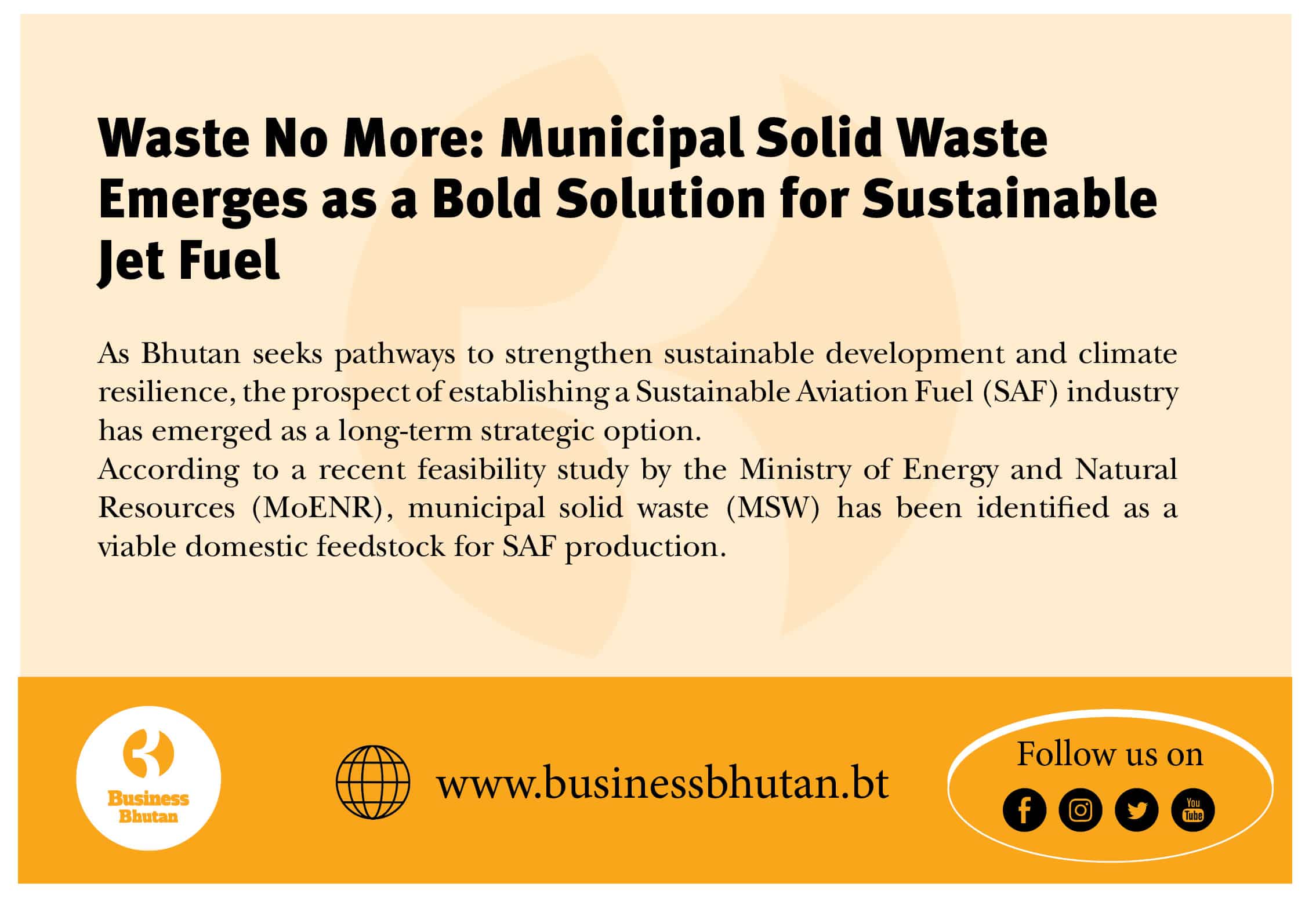
![Fresh Beginnings: Pasakha Vendors Gear Up for New Vegetable Market - Duplicate - [#16963] Fresh Beginnings: Pasakha Vendors Gear Up for New Vegetable Market - Duplicate - [#16963]](https://businessbhutan.bt/wp-content/uploads/2025/11/Asset-200.png)


